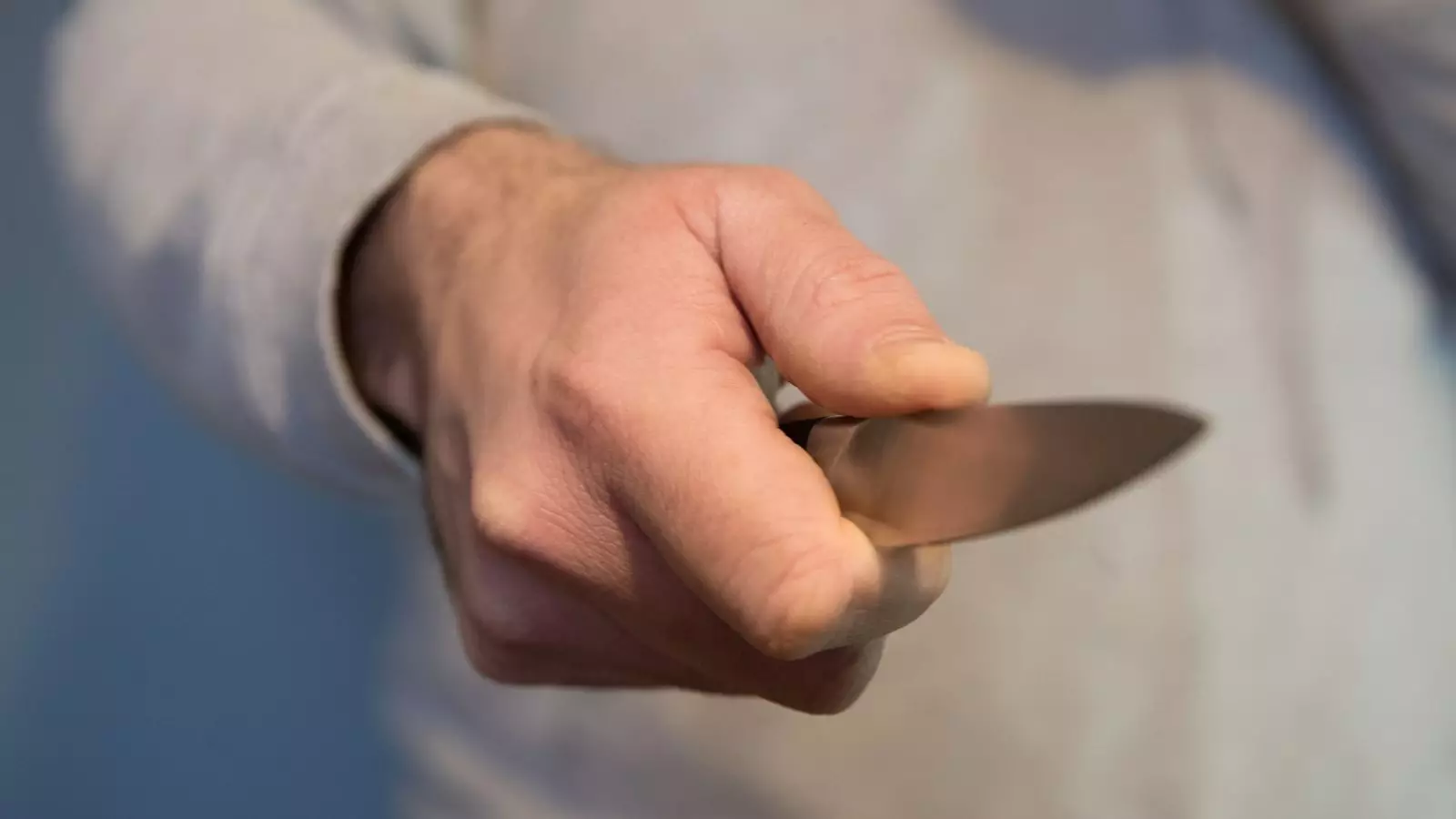Recent findings from a survey commissioned by Sky News expose a troubling trend within English secondary schools: nearly one in five teachers (18%) has reported witnessing students with knives on school premises. Conducted through the Teacher Tapp survey tool, this assessment garnered insights from over 4,000 educators, revealing alarming incidents regarding students carrying weapons. This academic year alone, a concerning 6% of respondents claimed to have personally encountered a child possessing a knife or blade. Alarmingly, some educators reported witnessing multiple violent incidents throughout the school year, raising critical questions about student safety and the measures in place to ensure it.
Pepe Di’lasio of the Association of School and College Leaders highlighted the necessity of acknowledging these results, implying that ignorance towards such statistics could lead to dire consequences. His assertion correlates strongly with the sentiments of educators, as noteworthy knife attacks in UK schools have intensified discussions around student safety. In this context, it becomes particularly unsettling that only 15% of surveyed teachers indicated they had received formal training on handling situations involving knives. This lack of preparedness raises an alarm regarding the safeguarding policies employed by educational institutions across the country.
In an even more distressing trend, the survey indicated that teachers in deprived socio-economic environments reported seeing twice the number of students armed with knives than their counterparts in more affluent areas. This disparity reinforces pre-existing discussions about social inequality and raises valid concerns about student behavior in varying socio-economic settings. Is the context of poverty contributing to a culture of violence within schools?
The sentiments echoed by former school teacher Vincent Uzomah expose the deeply entrenched issues surrounding knife crime in schools. Stabbed by a pupil in 2015, Dr. Uzomah reflected on his experience by stating that classroom safety has indeed deteriorated since his assault. His comments illuminate the necessity of recognizing that even a small percentage of teachers encountering knife-related incidents could lead to catastrophic outcomes. It is not merely about numbers but rather the potential threat to life and the long-lasting psychological impact on educators.
Dr. Uzomah lamented a situation where warning signs were overlooked, recalling that his attacker openly communicated his intentions to classmates. This neglect of preemptive intervention highlights critical gaps in communication and vigilance within schools. The trauma inflicted by such experiences extends beyond immediate physical harm; it generates a culture of fear and insecurity, which can curtail the overall learning environment.
In light of these distressing findings, the Department for Education’s spokesperson insisted that incidents of violence in schools are rare. However, they affirmed that all schools should aim to be secure environments for both learning and teaching. Nonetheless, with educators stressing the growing frequency of knife incidents, the assumption that such violence is an anomaly becomes increasingly hard to accept.
They further noted that schools must determine their security measures, including the possibility of implementing metal detectors. Such measures, albeit sound in theory, pose financial challenges, particularly as school budgets remain tightly constrained, according to the Association of School and College Leaders.
As discussions continue about how to effectively combat knife crime in schools, the imperative for reform becomes evident. Several stakeholders, including Home Secretary Yvette Cooper, have expressed their support for schools wishing to adopt enhanced security measures, such as walk-through metal detectors. However, as costs mount, the question arises: are schools willing and able to invest significant funds in security over essential educational resources?
The issue of knife presence in schools represents more than just statistical evidence; it embodies a call to action for educators, policymakers, and communities alike. Only through collective recognition of this issue and a firm commitment to reform can we hope to foster safer environments in our schools that prioritize education over fear. As conversations evolve, the pressing need for enhanced support systems, training, and proactive measures cannot be overstated. The safety of educators and students must occupy a central role in the education system, paving the way for a brighter and more secure future for all.

Leave a Reply